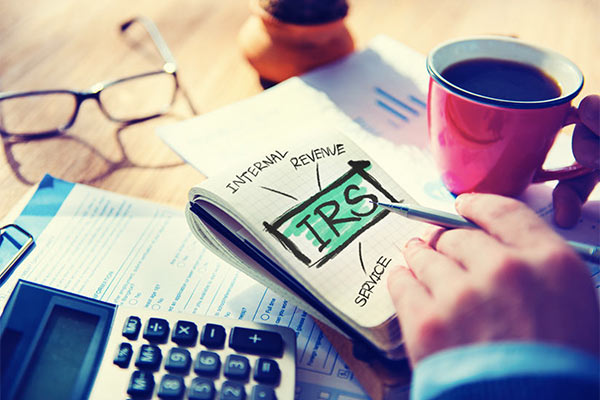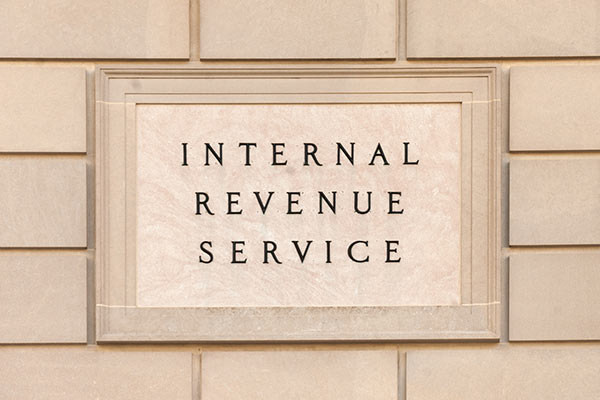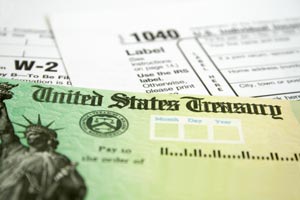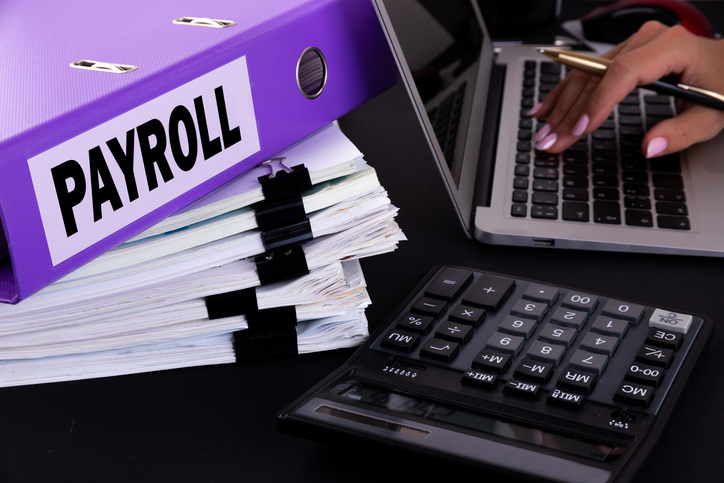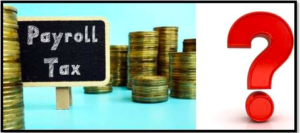GET READY FOR TAX-TIME!
Avoid Shock of Owing More Than You Expected
With all the distractions and turmoil triggered by the pandemic, it may seem surprising that the fourth quarter of 2021 is upon us … and that means limited time to do a “Paycheck Checkup” to make sure the right amount of tax is withheld from your earnings.
What to Do
Your objective is to determine if there is a need to adjust your withholding. If that proves to be the case, your next step is to submit a new Form W-4, Employee’s Withholding Certificate to your employer. All taxpayers should check, but especially those who fit the following profiles.
- Are a two-income family or someone with multiple jobs
- Work a seasonal job or only work part of the year
- Claim the child tax credit
- Have dependents age 17 or older
- Itemized your deductions in previous tax years
- Have high income or a complex tax return
- Had a large tax refund last year
- Had a tax bill last year
- Received unemployment at any time during the year
- Experienced a significant life-changing event, e.g. marriage, childbirth, adoption, home purchase.
A quick way to make sure you are having the right amount of tax taken out of your pay is to use the IRS Tax Withholding Estimator. It will help you to lessen year-end tax bills or more optimistically estimate a refund.
Important! If you have a substantial portion of income not subject to withholding, (e.g. self-employed, investors, retirees, those with interest, dividends, capital gains, alimony, and rental income), you may need to pay quarterly installments of estimated tax.
Note: Pearson & Co is as close as a phone call or email away to assist you.
Unemployment Compensation
You may be one of millions of Americans currently receiving unemployment compensation … or did so earlier this year. If that’s the case, it’s important for you to know that the IRS considers unemployment benefits as taxable income.
Taxable benefits include any of the special unemployment compensation authorized under the Coronavirus Aid, Relief, and Economic Security (CARES) Act approved by Congress and signed by the President earlier this year. So, consider having taxes withheld now and avoid owing when you file your 2021 return.
Withholding is voluntary. That said, you may choose to have a flat 10 percent withheld from your benefits to cover all or part of your tax liability. To do that, fill out Form W-4V, Voluntary Withholding Request (PDF), and give it to the agency paying the benefits. Do not send it to the IRS. If the payor has its own withholding request form, use that form instead
If you don’t choose voluntary withholding, or if the withholding isn’t enough, you can make quarterly estimated tax payments. Fourth quarter 2021 payments will be due on January 15, 2022.
As an unemployment benefit recipient, expect to receive a Form 1099-G, Certain Government Payments (PDF) from the agency paying the benefits. The form will show the amount of unemployment compensation you received during 2021 as well as any federal income tax withheld. This information, along with your W-2 income, will be included on your 2021 federal tax return.
Note: Unlike some other states, the Commonwealth of Virginia does not tax unemployment earnings.
Other Types of Payments to Check for Withholding
The IRS urges taxpayer to check the following sources of payments to check for withholding:
- Benefits paid by a state or the District of Columbia from the Federal Unemployment Trust Fund
- Railroad unemployment compensation benefits
- Disability benefits paid as a substitute for unemployment compensation
Investment Gains/Losses
If you own stocks, bonds, mutual funds or other investments … be sure to check with your investment advisor to determine any realized gains or losses that may affect your tax status.
Child Tax Credit Payments
If you received Child Tax Credit payments during 2021, you will need to compare those amounts with the amount allowable to claim on your 2021 tax return. In January 2022, the IRS will send you Letter 6419 to provide the total amount of advance Child Tax Credit payments that you received in 2021. You may be eligible for a credit if you have not received the full amount to which you are entitled. Alternatively, you may need to repay some or all excess payments you received.
Recovery Rebate Credit
If you didn’t qualify for the third Economic Impact Payments or did not receive the full amount, you may be eligible for the Recovery Rebate Credit for reimbursement upon filing your 2021 tax return. In January 2022, the IRS will send you Letter 6475 to provide the total amount of the third Economic Impact Payment and any Plus-Up payments that you received.
Have Immediate Questions or Concerns?
Pearson & Co stands ready to help as needed.
A phone call or email is all it takes.







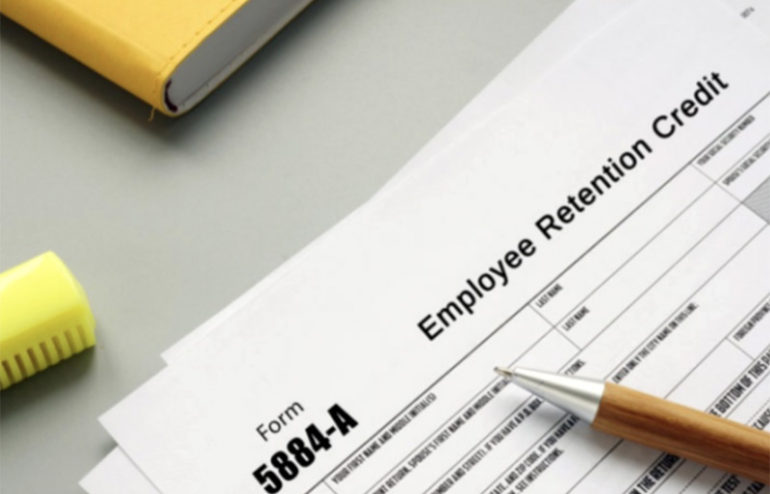
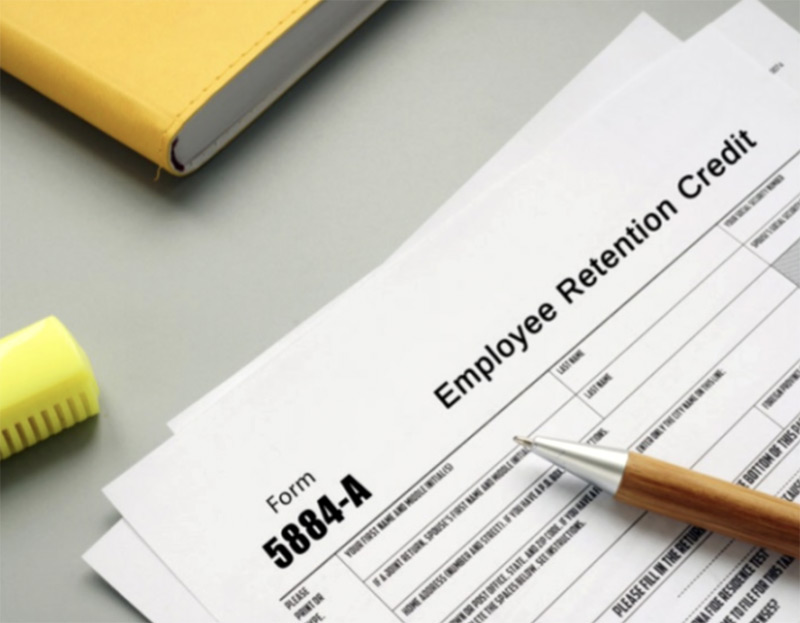 The Employee Retention Credit (ERC) is an $80 billion dollars tax savings program that promises financial relief for hundreds of thousands of small and medium businesses as well as tax-exempt entities. The ERC, as part of the CARES Act offers tax credits to encourage employers to retain employees at the height of the COVID-19 pandemic in March 2020.
The Employee Retention Credit (ERC) is an $80 billion dollars tax savings program that promises financial relief for hundreds of thousands of small and medium businesses as well as tax-exempt entities. The ERC, as part of the CARES Act offers tax credits to encourage employers to retain employees at the height of the COVID-19 pandemic in March 2020.
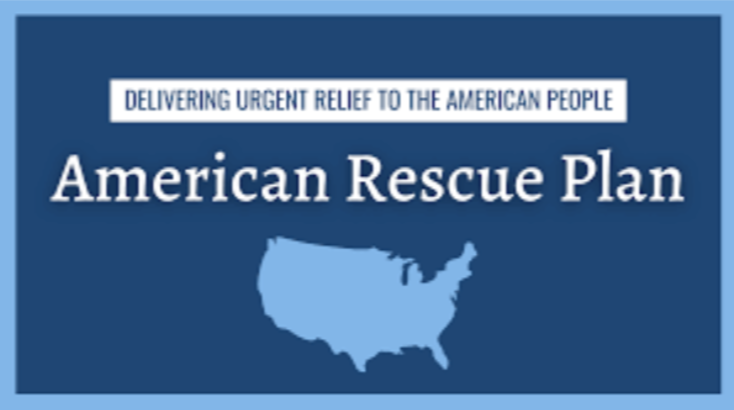 The American Rescue Plan was enacted in response to the families, workers and employers impacted by the ravages of the COVID-19 pandemic. In this article, we’ll highlight those elements of the Plan that are most likely to deliver meaningful relief for readers of the Pearson Perspective.
The American Rescue Plan was enacted in response to the families, workers and employers impacted by the ravages of the COVID-19 pandemic. In this article, we’ll highlight those elements of the Plan that are most likely to deliver meaningful relief for readers of the Pearson Perspective.

